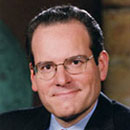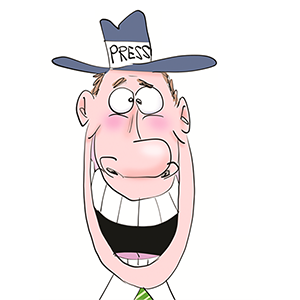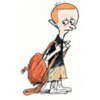The Impact of 3D Scanning Technology on Various Industries
Published in Business Articles
How is 3D scanning technology changing different industries today? This advanced tool captures object details with great accuracy.
Many businesses use it for product design, quality control, and safety checks. It helps doctors, engineers, and manufacturers work faster and better.
Scanning technology reduces mistakes and saves both time and money. It also makes production smoother and improves final products. From medicine to construction, it helps in many ways.
This blog will explain how industries use it for growth. Let’s explore how scanning technology makes work easier and more effective.
Medicine and Healthcare
Doctors and researchers use 3D scanning technology for better treatments. It helps create custom prosthetics that fit patients perfectly. Surgeons use it to plan complex procedures with high accuracy.
Dentists scan teeth to design braces and implants quickly. This technology also helps in making artificial organs and bones.
Hospitals use it for detailed medical imaging and patient monitoring. It improves diagnosis and speeds up recovery plans.
Research labs study diseases with accurate 3D models. It makes healthcare safer, more effective, and patient-friendly.
Manufacturing and Product Design
Factories use scanning technology to improve production and reduce waste. It helps create perfect parts for cars, machines, and gadgets. Designers use it to test ideas before making final products.
This process makes product design faster and more reliable. It also ensures that every item meets quality standards. Manufacturers scan broken parts to create exact replacements.
This reduces errors and saves money on materials. Many industries rely on it for better accuracy. It speeds up production and keeps costs low.
Architecture and Construction
Builders use 3D scanning to measure land and plan projects. It helps create accurate blueprints before construction starts.
Engineers scan buildings to check for problems and fix them. It improves safety by detecting weak spots in structures.
Designers use it to restore old buildings with correct details. It also helps make smart city planning more efficient.
Scanning technology ensures accuracy in every construction stage. It saves time and reduces building mistakes.
Entertainment and Gaming
Movies and video games use scanning technology to create lifelike characters. It captures actors’ faces and movements with perfect detail. Animators use it to make realistic 3D models.
Game developers scan real-world objects for virtual environments. It brings fantasy worlds to life with amazing accuracy. Many action films use 3D scanners for special effects.
It helps in creating stunning animations and digital scenes. Virtual reality experiences also benefit from this technology. It makes entertainment more immersive and enjoyable for audiences.
Education and Research
Teachers use 3D scanning to explain lessons with real examples. Museums scan fossils to make 3D models for learning.
Scientists use it to study ancient artifacts without damaging them. It helps create virtual tours of historical places. Research labs scan objects to examine them in great detail.
Schools use it to make learning more interactive. 3D scanners allow students to explore models of planets, bones, and inventions. It helps in a better understanding of difficult subjects.
Learn the Impact of 3D Scanning Technology on Various Industries
3D scanning technology changes how industries work and improve processes. It helps create better products and supports industry innovation.
This tool makes work faster, safer, and more accurate. Many businesses use it to improve services and customer experience.
From hospitals to schools, scanning technology makes tasks easier. It brings new ideas to life and solves many problems.
This powerful tool shapes the future of different industries. It will continue to make work better and more efficient.
Did you find this article helpful? If so, check out the rest of our site for more informative content.











Comments